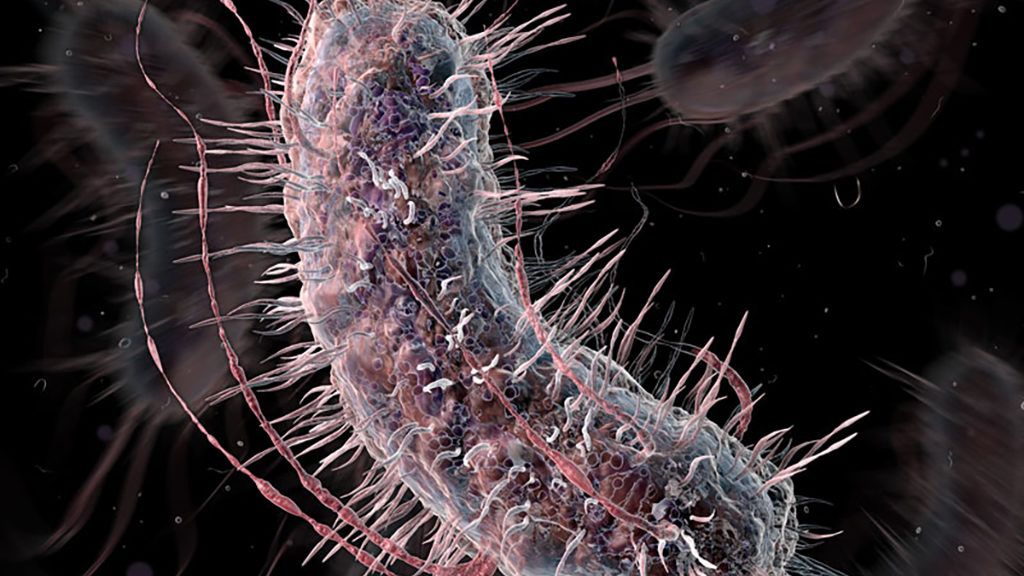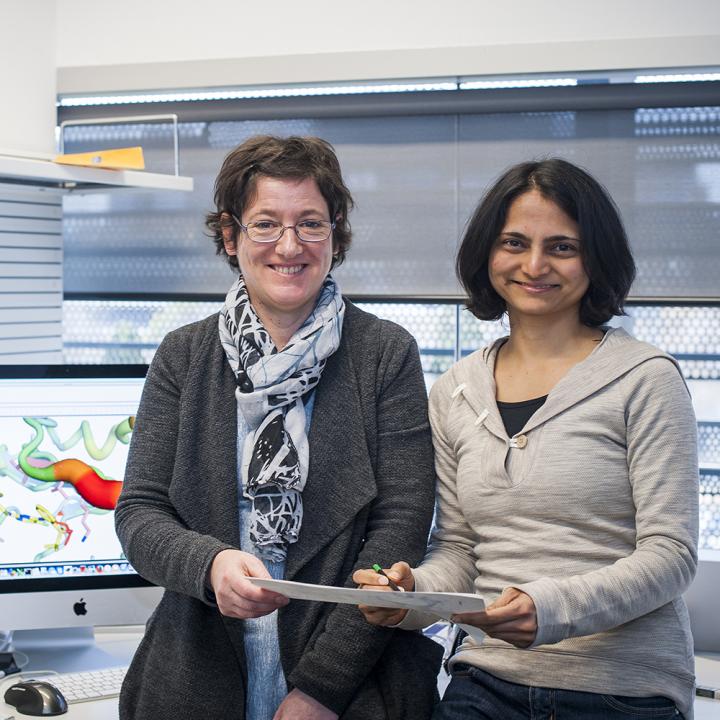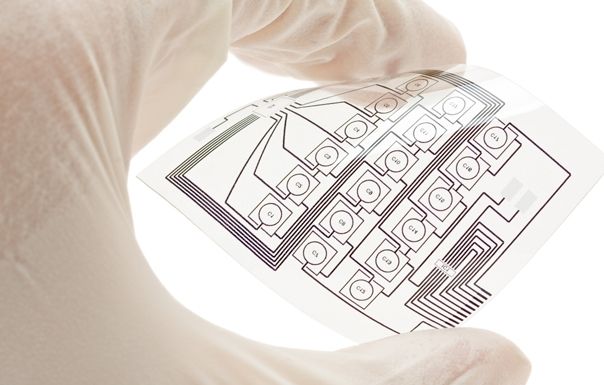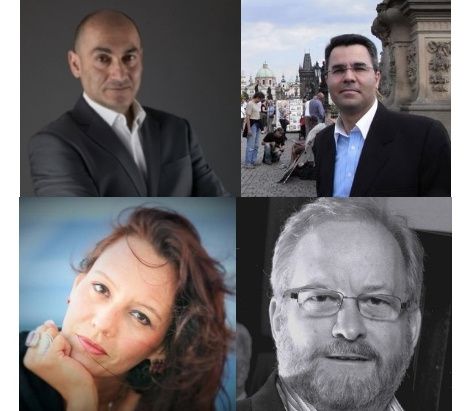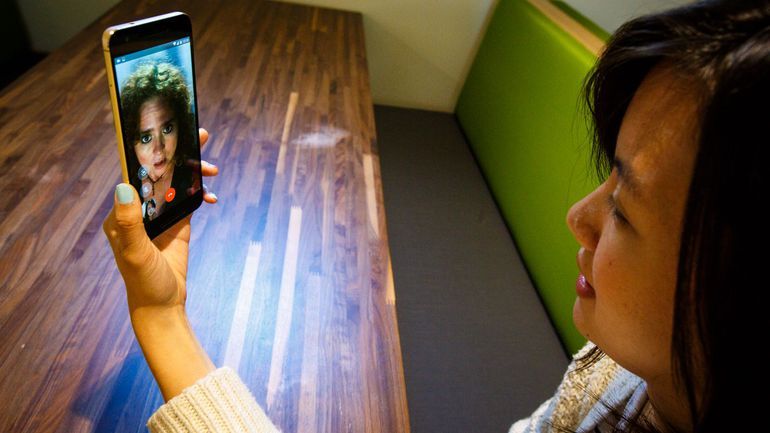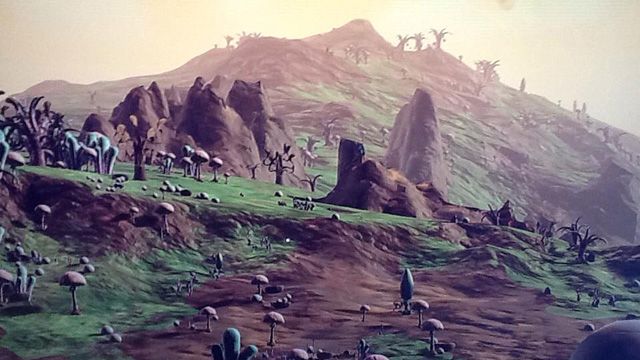Page 10888
Aug 19, 2016
Some thoughts on Deus Ex: Mankind Divided, Augmentation and Transhumanism
Posted by Karen Hurst in categories: evolution, transhumanism
Aug 19, 2016
First 3D Map of Cell-building Protein Linked to Cancer
Posted by Karen Hurst in category: biotech/medical
3D Map of the cell-building protein tied to cancer.
The unprecedented view of the protein doublecortin kinase like domain 1 (DCLK1) could provide clues to how it contributes to cancer formation and progression.
DCLK1 is a protein that assembles scaffolds within cells called microtubules. These rope-like structures give cells shape, enable movement and cell division, and are crucial in enabling the growth and spread of cancer cells. More than one in 10 stomach cancers have defective forms of DCLK1, which have also been found in kidney, rectal and pancreatic cancers.
Continue reading “First 3D Map of Cell-building Protein Linked to Cancer” »
Aug 19, 2016
Super Stretchy Nanowires May Pave The Way For Flexible Electronics
Posted by Karen Hurst in categories: electronics, nanotechnology
More on stretchables.
Researchers have developed nanowires that are as strong as they are stretchy, making them ideal for electronic skins.
Aug 19, 2016
Nanotech Could Blow Artificial Intelligence Wide Open: Here’s How
Posted by Karen Hurst in categories: nanotechnology, robotics/AI
Nano AI
Nanotech and AI together could make incredible things happen. Here are 3 scenarios and 4 cross-over influencers to watch in this intersection.
Aug 19, 2016
The First Church of the Singularity: Roko’s Basilik
Posted by Karen Hurst in categories: augmented reality, singularity
The 1st Church of Singularity — guess Ray is preaching again.
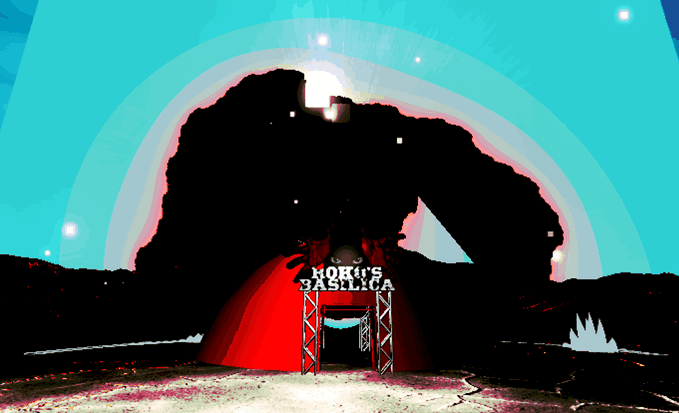
By Jodi Schiller
Continue reading “The First Church of the Singularity: Roko’s Basilik” »
Aug 19, 2016
How spacetime is built by quantum entanglement
Posted by Shailesh Prasad in categories: mathematics, quantum physics, space
A collaboration of physicists and a mathematician has made a significant step toward unifying general relativity and quantum mechanics by explaining how spacetime emerges from quantum entanglement in a more fundamental theory. The paper announcing the discovery by Hirosi Ooguri, a Principal Investigator at the University of Tokyo’s Kavli IPMU, with Caltech mathematician Matilde Marcolli and graduate students Jennifer Lin and Bogdan Stoica, will be published in Physical Review Letters as an Editors’ Suggestion “for the potential interest in the results presented and on the success of the paper in communicating its message, in particular to readers from other fields.”
Physicists and mathematicians have long sought a Theory of Everything (ToE) that unifies general relativity and quantum mechanics. General relativity explains gravity and large-scale phenomena such as the dynamics of stars and galaxies in the universe, while quantum mechanics explains microscopic phenomena from the subatomic to molecular scales.
The holographic principle is widely regarded as an essential feature of a successful Theory of Everything. The holographic principle states that gravity in a three-dimensional volume can be described by quantum mechanics on a two-dimensional surface surrounding the volume. In particular, the three dimensions of the volume should emerge from the two dimensions of the surface. However, understanding the precise mechanics for the emergence of the volume from the surface has been elusive.
Duo is Google’s answer to Apple’s FaceTime, and the company swears that the video-calling app is totally different than Hangouts.
Aug 19, 2016
Chocolate cake for breakfast? Research says it’s good for both your brain and your waistline
Posted by Shailesh Prasad in categories: food, neuroscience
We all know breakfast is the most important meal of the day. Here’s why it should also be the sweetest.
